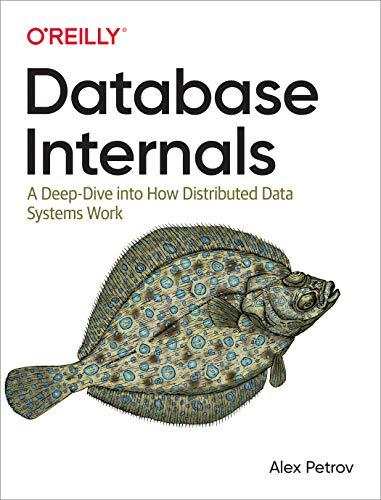Question
SIMULATION ASSIGNMENT: PROCESS SCHEDULING SIMULATOR Hello, I need help with ONLY activity 4 and 5. Objective: The Assignments section points to Activities 4 & 5.
SIMULATION ASSIGNMENT: PROCESS SCHEDULING SIMULATOR Hello, I need help with ONLY activity 4 and 5.
Objective: The "Assignments" section points to Activities 4 & 5. In Activity 4, you should generate the graph of waiting time to include in your submission, along with your analysis.
In Activity 5, you're required to "compare the trend in RR experiement as the quantum increases"; which means you need to run more RR experiements with different quantums (currently, only 3 RRs were run) to show the trend. _________
Activity
Activity 1. Modify the 'myexp.exp' file to have 5 run lines that will use the following algorithms: FCFS, SJF, RR 1, RR 5, and RR 10. On each run line, make sure that both the algorithm and key are correctly identify each other.
Activity 2. Now modify the 'myrun.run' file so that there will be a total of 20 processes with the following properties:
All processes arrive at time 0.0
All processes have a constant duration of 100
All have constant I/O bursts of 10
All have basepriority 1.0
The first set of 10 processes have CPU bursts uniformly distributed between 2 and 8
The last set of 10 processes have CPU bursts uniformly distributed between 30 and 40
Do not change the seed line of the run file as this will change the sample space.
Example of 'myexp.exp': name myexp comment This experiment contains 5 runs run myrun algorithm FCFS key "FCFS" run myrun algorithm SJF key "SJF" run myrun algorithm RR 1 key "RR 1" run myrun algorithm RR 5 key "RR 5" run myrun algorithm RR 10 key "RR 10"
Example of 'myrun.run': name myrun comment This contains two types of processes
algorithm SJF seed 5000 numprocs 10 firstarrival 0.0 interarrival constant 0.0 duration constant 100.0 cpuburst uniform 2.0 8.0 ioburst constant 10.0 basepriority 1.0
numprocs 10 firstarrival 0.0 interarrival constant 0.0 duration constant 100.0 cpuburst uniform 30.0 40.0 ioburst constant 10.0 basepriority 1.0
Activity 3. Run the simulator and open a log file and add the tabular data and the 5 Gantt charts, one for each run.
Activity 4. Now let us analyze the results. SJF will have the best average waiting time. This is easily identifiable by graphing the Waiting. Why is this behavior evident with our chosen example?
Activity 5. Next, compare the trend in the Round Robin experiments as the quantum increases.
Step by Step Solution
There are 3 Steps involved in it
Step: 1

Get Instant Access to Expert-Tailored Solutions
See step-by-step solutions with expert insights and AI powered tools for academic success
Step: 2

Step: 3

Ace Your Homework with AI
Get the answers you need in no time with our AI-driven, step-by-step assistance
Get Started


